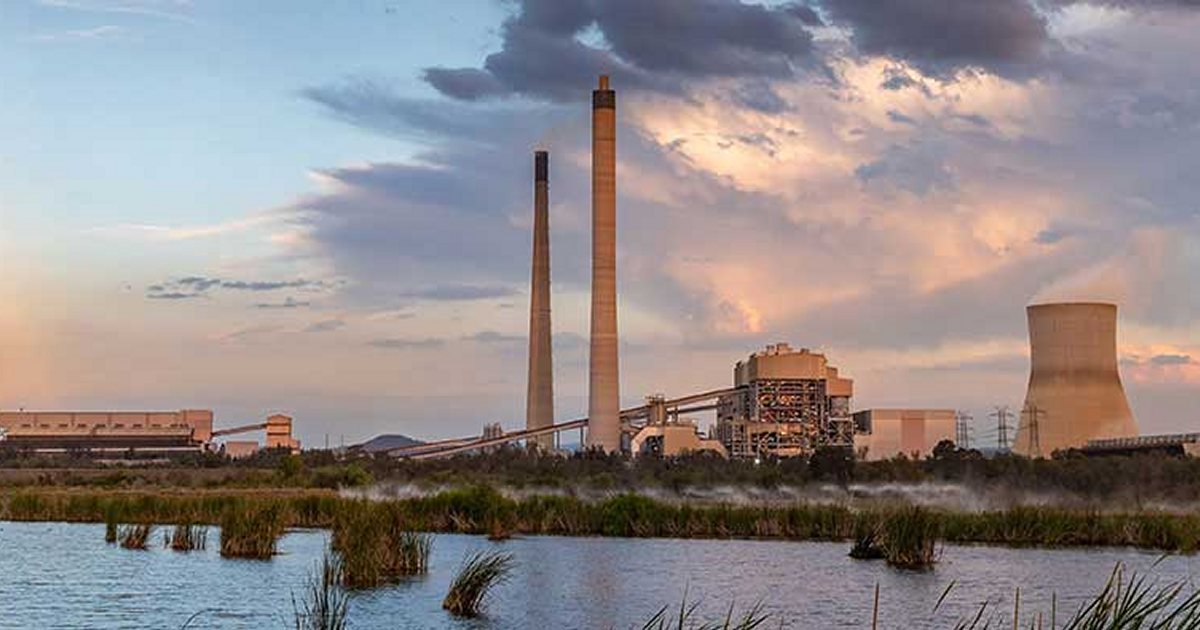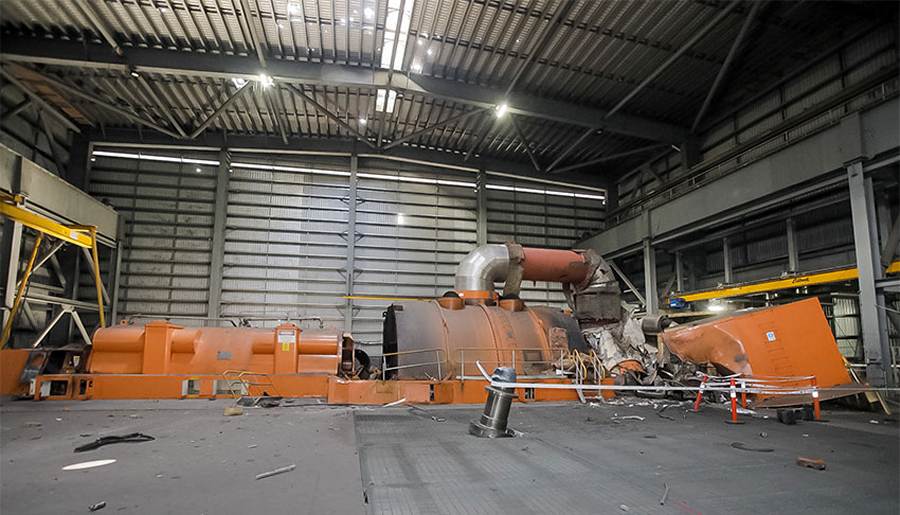Queensland-government owned CS Energy’s joint venture partner in the troubled coal-fired Callide C power plant has run into some troubles of its own.
First, a little background to the mess.
Callide Power Station is coal burner in Biloela, Central Queensland. It’s comprised of two power plants (B and C), and each has two generating units (B1 and B2, C3 and C4).
Callide B is a 700MW facility and was commissioned in 1989. C has 825 MW capacity and was commissioned in 2001. Callide C was the first supercritical coal-fired power station in Australia.
CS Energy owns 100 per cent of Callide B. While both units are currently up and running, they’ve have had their share of problems in the not-too-distant past. CS Energy owns Callide C in a 50/50 joint venture with Genuity (formerly known as InterGen Australia), and both of Callide C’s units have been offline for some time.
C3 has been offline since October 2022 after structural failure of part of its cooling plant. C4 is still offline following an explosion/fire in May 2021 in which thankfully no-one was injured.
But as well as creating a mess at the facility, the incident had some serious and immediate knock-on effects; tripping other generation and transmission infrastructure. Its more enduring impact has been to push up wholesale power prices in Queensland.
Originally it was envisioned C4 would be back up and running by May last year. Then it was to be May 2023. Currently, it will start a staged return from late October this year, which will drag on into early 2024.
As for C3, there have also been a couple of revisions to its return-to-service date. It was initially to be November last year, then a staged return from June this year – and now that won’t start until September 30.
Voluntary Administrators
But after a new development, there’s a risk Callide C return-to-service start date goalposts could be moved again.
On Friday CS Energy said it had been advised that Voluntary Administrators (Deloitte) have been appointed to a number of Genuity Group entities. These reportedly include IG Power, IG Energy Holdings, IG Power Holdings and IG Power Marketing (Australia).
CS Energy didn’t have much more to say on the issue, only that:
“We remain committed to the safe and timely reinstatement of the Callide C Power Station units 3 and 4, and are working through our options to achieve this.”
One of Deloitte’s appointed administrators said the firm will be pursuing a restructuring solution that would ensure minimal disruption.
All this is going on while CS Energy hunts for a new CEO following the resignation of Andrew Bills last month, who has been in the position since 2018. Mr. Bills is taking up the role of CEO of SA Power Networks (SAPN).
Kill Me Now, It Hurts
At the time of writing, Queensland Energy Minister Mick De Brenni hadn’t yet commented on the matter. But in the past, Minister De Brenni has reportedly referred to Callide Power Station as “old fashioned” and stated “you wouldn’t build infrastructure like this going forward”.
And perhaps we should stop keeping it on life-support when it clearly wants to be put out of its misery? The effort and attention could be better directed towards accelerating renewables and supporting technologies. By the time C4 is back up and running again – assuming no further delays – it will have been more than 2 years.
Queensland’s heavy reliance on coal for electricity generation is one of the reasons Queenslanders can expect even more expensive electricity in the near future – and why more QLD households will likely be turning to home solar power sooner rather than later.
But thankfully, the Queensland Government seems to be getting its act together on renewable energy through the $62 billion Queensland Energy and Jobs Plan; although it will take some time to really get into gear.



 RSS - Posts
RSS - Posts



Speak Your Mind